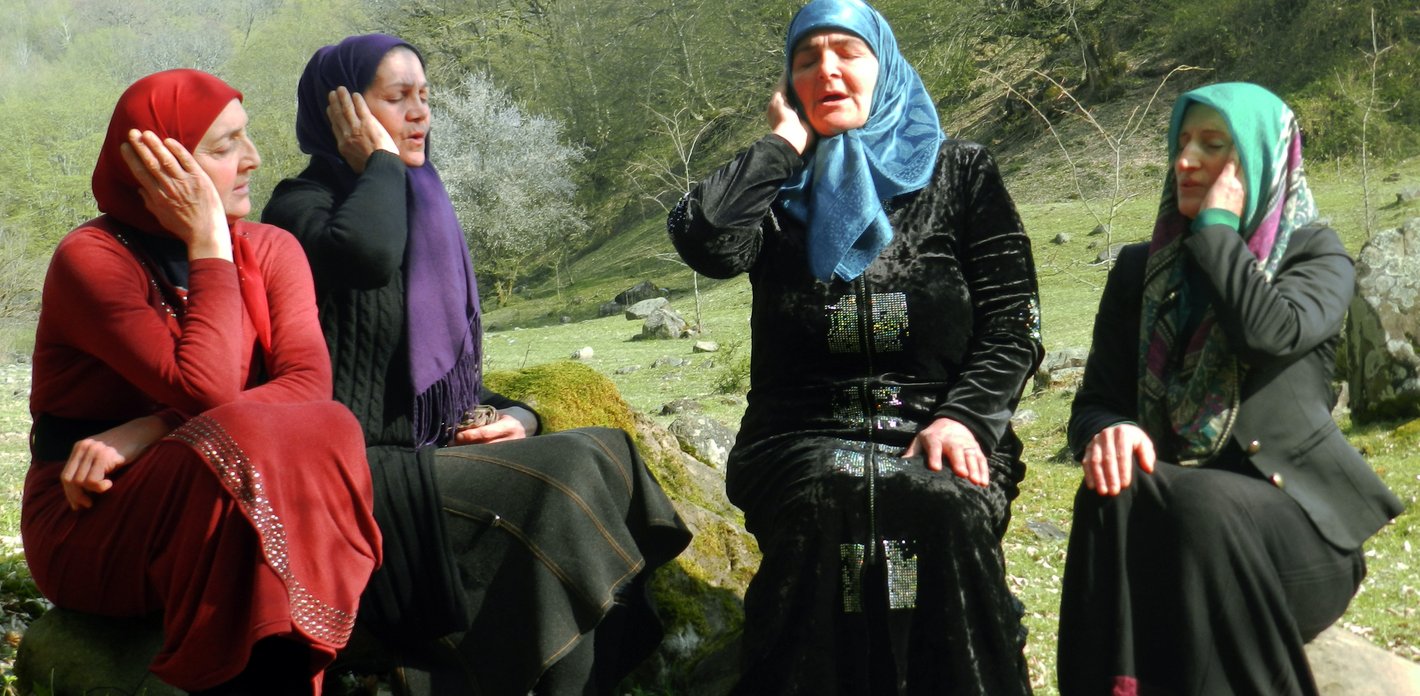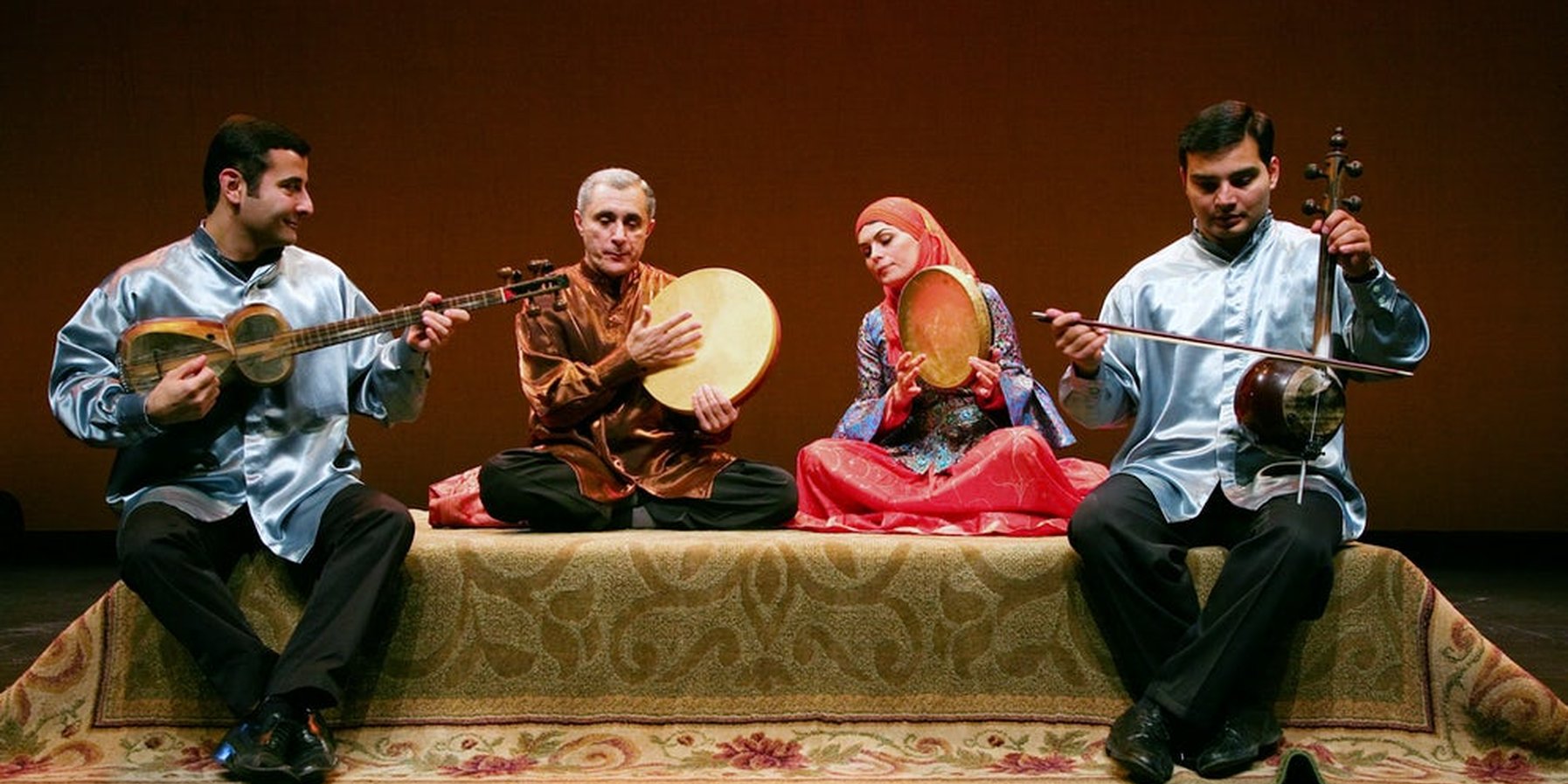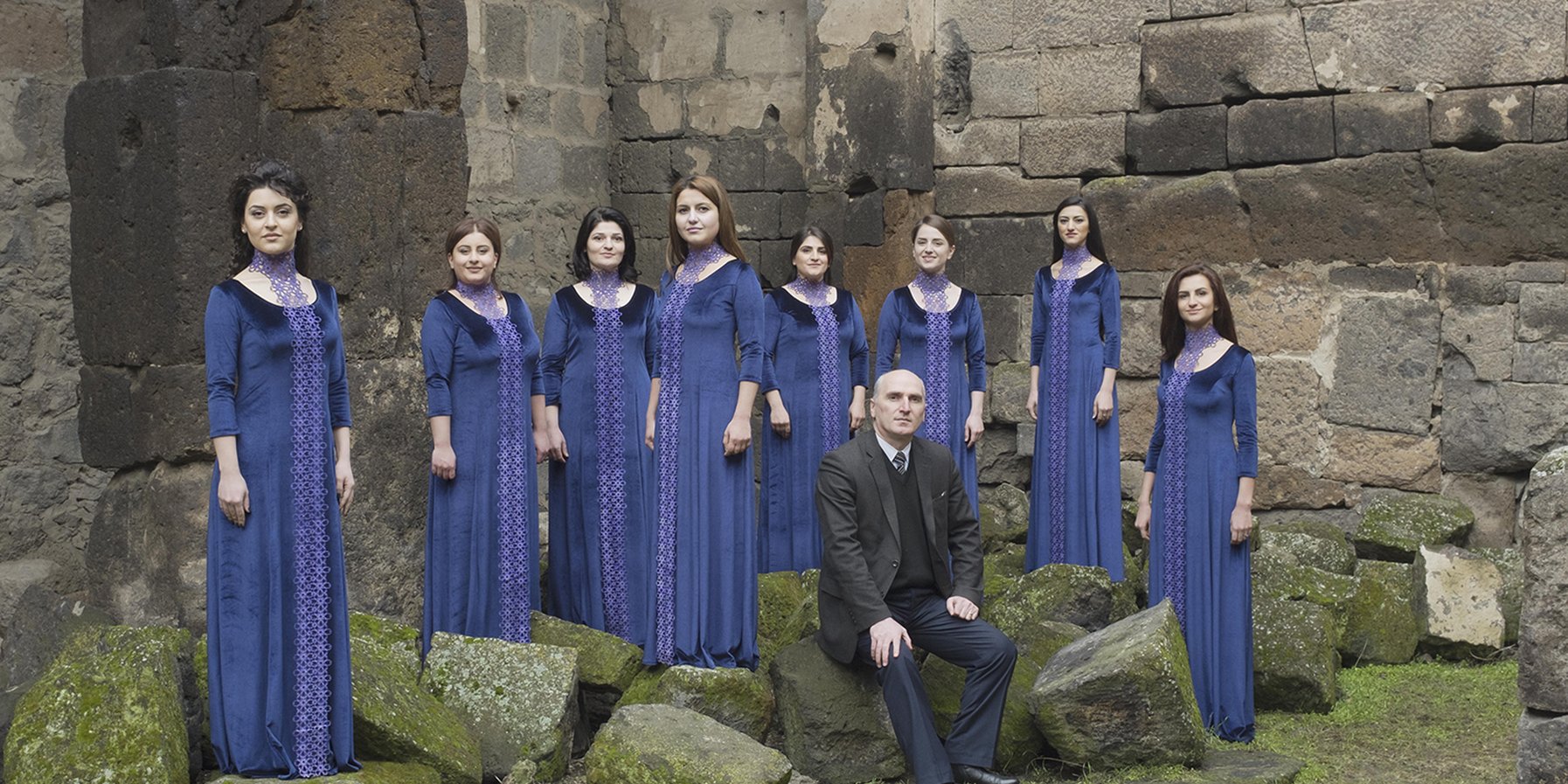Artists from the southern part of the Caucasus paid the Elbphilharmonie a visit from 28 March to 3 April 2018. The festival programme featured music from Armenia, Azerbaijan and Georgia that is as varied and multifaceted as the neighbouring countries themselves.
GEORGIA
Though the country is not quite as big as Bavaria, Georgia has landscapes as diverse as an entire continent: thanks to huge differences of altitude, there are icebound glaciers and ocean beaches here, arid semi-deserts, dense deciduous forests and valleys full of flowers.
A popular nickname for Georgia is »the balcony of Europe«. For the country’s roots are closely linked to ancient mythology: what is now a Western territory was the kingdom of Colchis two and a half thousand years ago, the setting for many legends seen today as the origin of European cultural history, such as the Prometheus myth.
But the Georgian people are also famous for their ancient and unmistakable polyphonic chant, which is older than any such European music, and also finds widespread use in church music.
»What the Georgians sing is more important than all the new discoveries in modern music. It’s simply beyond comparison. I’ve never heard anything better.«
Igor Strawinsky / Igor Stravinsky
AZERBAIJAN
Elaborately decorated carpets, silk scarves and copper tableware – Azerbaijan was already famous for its arts and crafts centuries ago. While the country used to export such precious objects to great royal palaces all over Europe via the Silk Road, its culture was influenced largely by the Persian and Arab world. As early as the 6th and 7th centuries, conquerors spread the Moslem religion, which thenceforth linked the region to its Islamic neighbours. Traditional Azerbaijani music, known as Muğam, is as intricate in style as the country’s arts and crafts: highly virtuosic, governed by complex rules and handed down solely by oral tradition, Azerbaijani singing now forms part of UNESCO’s world cultural heritage. The best-known Muğam singer is Alim Qasimov.
ARMENIA
More than 1,700 years ago, Armenia became to first country to declare Christianity its national religion. To this day, roadside crosses made of stone, tiny churches and ancient buildings like the Geghard Monastery, built in a rocky gorge in the 4th century, bear witness to this. And by the same token, a central feature of the the country’s music are liturgical chant and archaic-sounding sequences of notes that originally stem from medieval hymns. The Armenian national instrument is the duduk, a type of flute with a double reed that produces a dark, soft sound.






